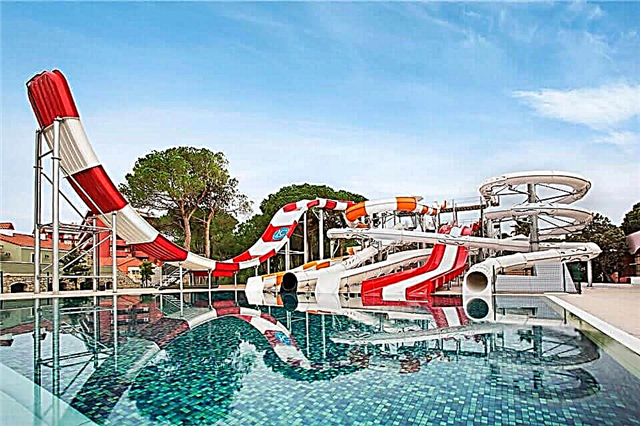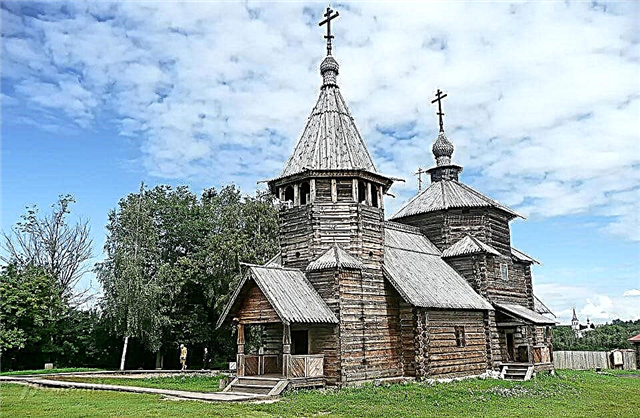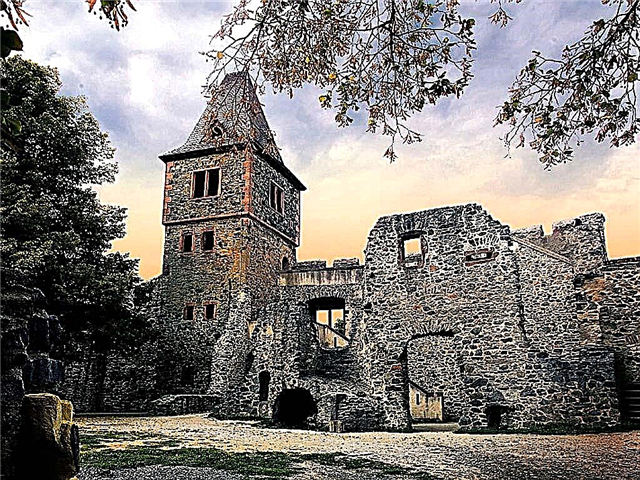Where is: USA, Arizona
Depth: up to 1800 m
Length: 446 km
Coordinates: 36 ° 05'32.3 "N 113 ° 14'27.4" W
Content:
List of U.S. national parks
Short description
In the southwestern United States, between Utah and the Mexican border, the state of Arizona is located. Contrasting, unusually picturesque landscapes depressed Arizona the glory of the most beautiful state of America.

Here you can find all the best that nature can create - snow-capped mountain peaks and plateaus indented by slopes, flood meadows, deepest gorges, forests and endless deserts, turbulent rivers and calm lakes.
But the main pride of Arizona is the Grand Canyon. The canyon has one peculiarity: from a distance it looks like a flat plateau, and only when they come close to the edge, travelers gasp with surprise and delight - so suddenly a huge gaping abyss opens before their eyes.

The Grand Canyon is a truly fantastic, dizzying sight - the gorge is 446 m long and up to 1800 m deep, carved by the Colorado River in a layer of limestone and sandstone. Soviet writers Ilf and Petrov, who visited the Grand Canyon at the beginning of the last century, describe it as follows: “A gigantic mountain ridge is taken, trimmed at the base, turned upside down and pressed into the flat, forested land. Then it is removed, and the shape of the mountain range remains. The mountains are the other way around. This is the Grand Canyon. "

The Grand Canyon - Arizona's miraculous miracle
The bed of the Grand Canyon continues to deepen today. The powerful streams of Colorado rush through the gorge at a speed of 20 km per hour, carrying tons of sand and clay with them into the sea.
The abyss of the Grand Canyon is filled with bizarre landforms created by winds and water erosion: "temples", "towers", "domes" and rocky outlines reminiscent of people and animals. The stone terraces are cut with brown, red and yellow rock layers.

Climate of the Grand Canyon
The climate and ecosystems of the Grand Canyon change with height. The lower level is similar to the climate of the Arizona deserts; in summer, the temperature at the bottom of the gorge can rise to + 45 ° C. At the same time, it is relatively cool in the upper, wooded part - + 15 ° C.
History of the Grand Canyon
More than 2,500 years ago, the Pueblo Indians settled in the Grand Canyon area. Today, you can see the granary caves carved by the Indians and the rock paintings-chronicles of the Navajo tribe, and many lands in the canyon area and in the 21st century belong to Indian reservations.

Heavenly trail
Beginning in the 16th century, Europeans have been unsuccessfully looking for gold in the vicinity of the Grand Canyon. Americans discovered this miraculous miracle of nature only in 1869.when the first scientific expedition, led by John Weasley Powell, explored and detailed the gorge. As soon as the Grand Canyon was mapped, it was immediately exploited. Copper and uranium were mined in the depths of the gorge. Soon, the Americans came to their senses that they would not ruin this natural masterpiece for long and turned it into a tourist paradise. In 1909, Theodore Roosevelt declared the gorge a national monument. Ten years later, the Grand Canyon National Park was founded, protecting the Colorado River Valley.

One of the many viewpoints on the Grad Canyon
The Grand Canyon offers a lot of entertainment for tourists: you can fly over the abyss in airplanes, helicopters and hot air balloons, go down to the bottom of the gorge on a mule, raft on inflatable boats on the Colorado River, explore archaeological sites and visit a real cowboy ranch. For guests, tourist centers, hotels and campings are equipped. Viewpoints are scattered around the perimeter of the Grand Canyon Park. On March 20, 2007, one more attraction was added to them: at an altitude of 1219 m above the bottom of the gorge, a horseshoe-shaped bridge "Grand Canyon SkyWalk" ("Heavenly path") was installed.

For comparison: this observation deck is 2.25 times higher than the Ostankino TV tower. Since the bridge and its enclosing walls are made of laminated transparent glass, it seems that people are "floating" in the air over the abyss. The construction of the "Sky Trail" took $ 30 million, but the attraction paid off - there are enough travelers who want to tickle their nerves, enjoying the grandeur of the Grand Canyon from the height of an eagle flight.











